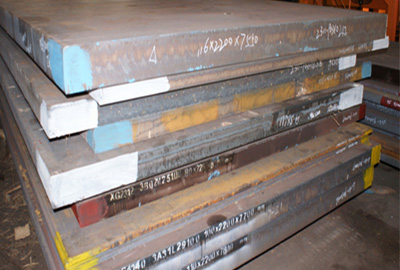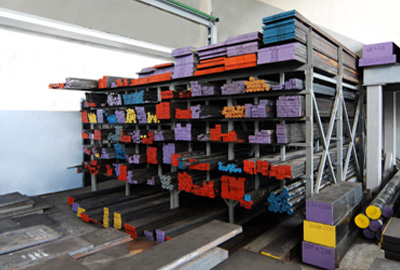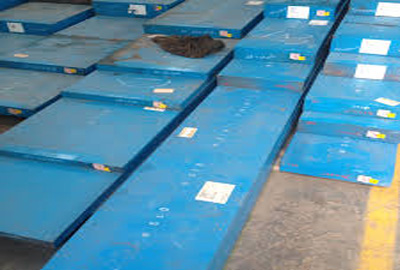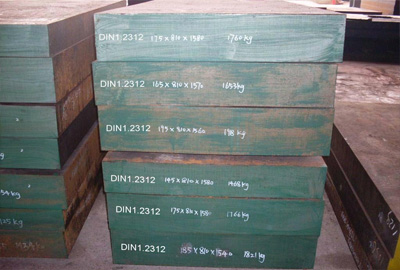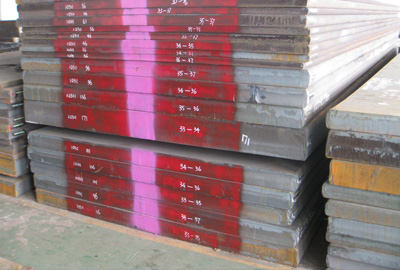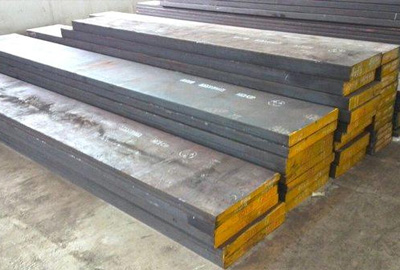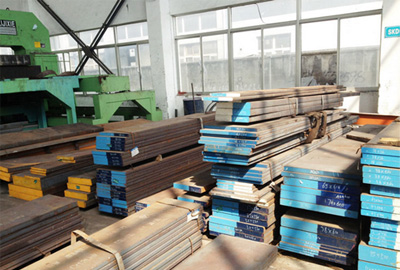Mat.No. 1.2770, DIN 85NiV4
Short Description:
Designation by Standards Mat. No. DIN EN AISI 1.2770 85NiV4 - - Chemical Composition (in weight %) C Si Mn Cr Mo Ni V W Others 0.85 0.25 0.33 0.20 - 0.80 0.13 - - Description Low alloyed cold work tool steel. Applications Dies, impact resistant tools. Physical properties (avarage values) at ambient temperature Modulus of elasticity [103 x N/mm2]: 210 Density [g/cm3]: 7.80 Coefficient of Linear Thermal Expansion 10-6 oC-1 20-100oC 20...
Product Detail
FAQ
Product Tags
Designation by Standards
| Mat. No. | DIN | EN | AISI |
| 1.2770 | 85NiV4 | - | - |
Chemical Composition (in weight %)
| C | Si | Mn | Cr | Mo | Ni | V | W | Others |
| 0.85 | 0.25 | 0.33 | 0.20 | - | 0.80 | 0.13 | - | - |
Description
Low alloyed cold work tool steel.Applications
Dies, impact resistant tools.Physical properties (avarage values) at ambient temperature
Modulus of elasticity [103 x N/mm2]: 210
Density [g/cm3]: 7.80Coefficient of Linear Thermal Expansion 10-6 oC-1
| 20-100oC | 20-200oC | 20-300oC | 20-400oC | 20-500oC | 20-600oC | 20-700oC |
| 8.9 | 10.4 | 11.4 | 12.9 | 12.5 | 13.4 | 14.0 |
Soft Annealing
Heat to 700-740oC, cool slowly in furnace. This will produce a maximum Brinell hardness of 220.Stress Relieving
Stress relieving to remove machining stresses should be carried out by heating to approx. 650oC, holding for 1-2 hours at heat, followed by air cooling. This operation is performed to reduce distortion during heat treatment.Hardening
Harden from a temperature of 770-800oC (for diameter up to 50 mm), 800-850oC (for diameter of 50-80 mm) followed by water quenching. Hardness after quenching is 64-66 HRC.Tempering
Tempering temperature: 150-250oC. Hardness after tempering is 57-63 HRC.Tempering Temperature (oC) vs. Hardness (HRC)
| 100oC | 200oC | 300oC | 400oC | 500oC |
| 66 | 60.5 | 54.5 | 48 | 40.5 |
Tempering Diagram
Click the image to enlarge the diagram.Forging
Hot forming temperature: 1050-850oC.Machinability
No data.Disclaimer
The information and data presented herein are typical or average values and are not a guarantee of maximum or minimum values. Applications specifically suggested for material described herein are made solely for the purpose of illustration to enable the reader to make his own evaluation and are not intended as warranties, either express or implied, of fitness for these or other puposes. There is no representation that the recipient of this literature will receive updated editions as the become available.
FAQ Content
![[0{7)7UAZ(]4W{5TSMC65Q7](https://www.htsteelmill.com/uploads/077UAZ4W5TSMC65Q7.png)
